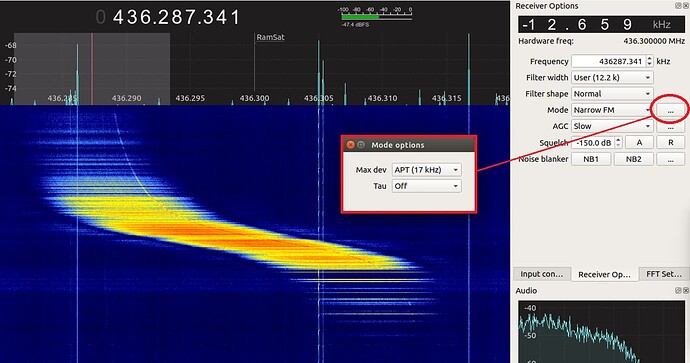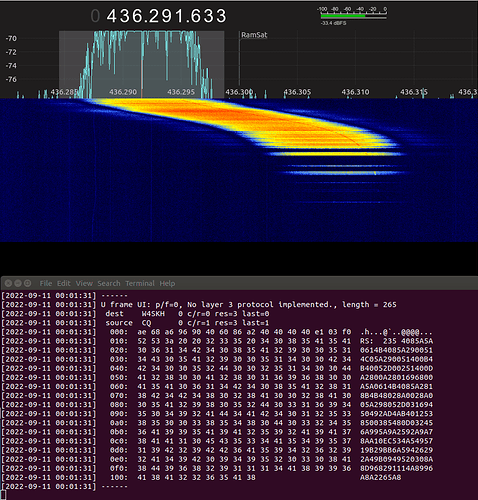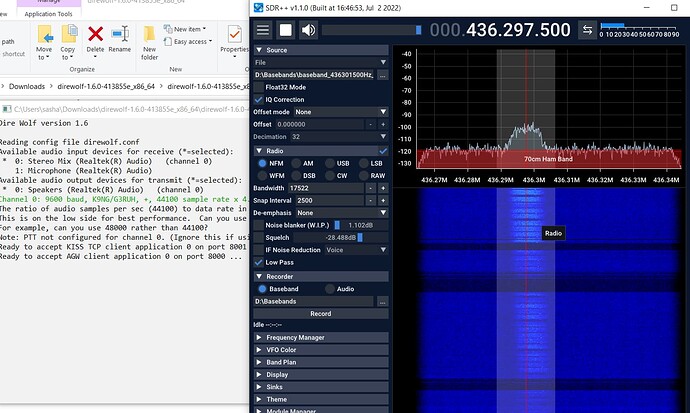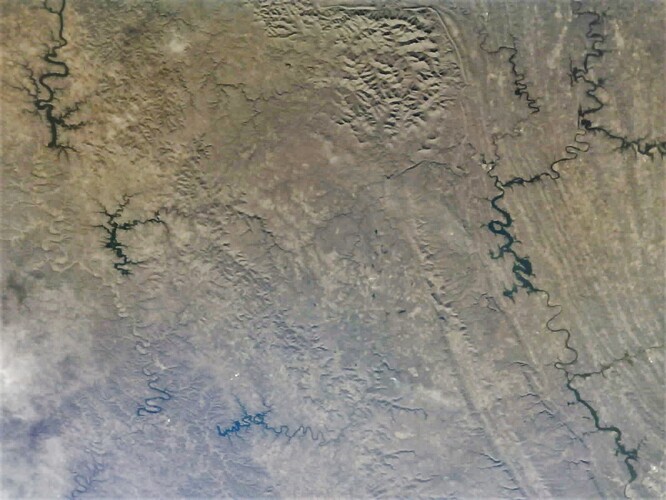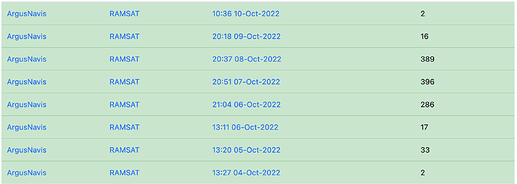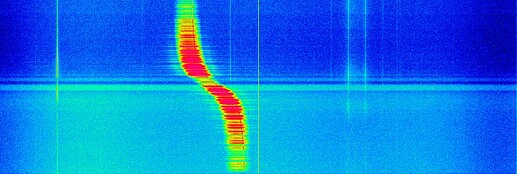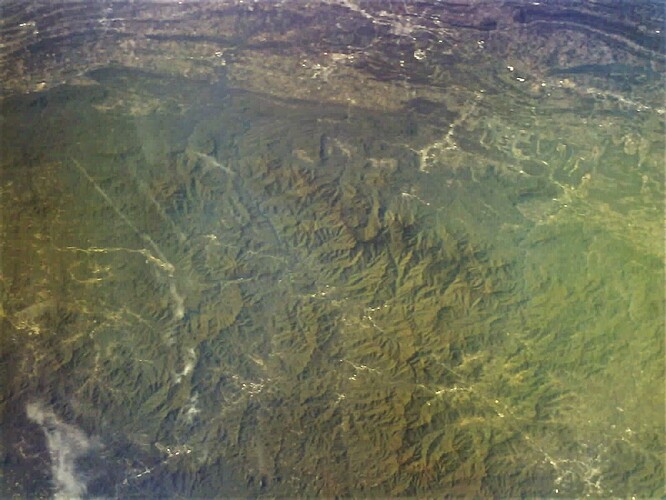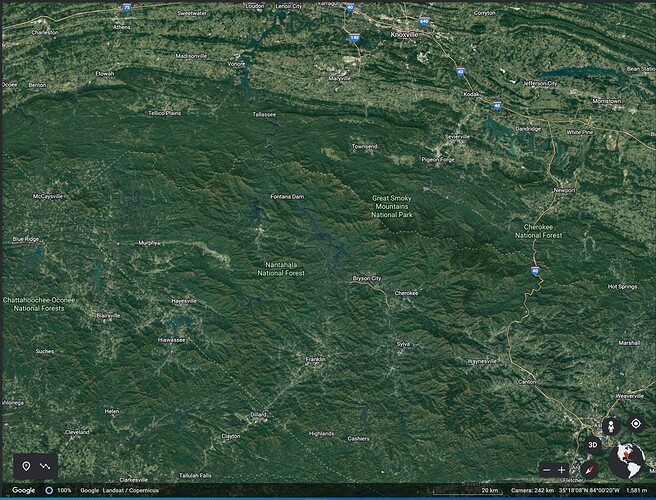RamSat has just a few weeks left, and we’re continuing to downlink images, taking a few new pictures, and working on repairing jpegs with missing packets. That last part involves a lot of trial and error, but we’re starting to get the knack of it. Here are a few new pictures…
This is a recent favorite, showing all of Long Island with a near-nadir viewing angle, sparse clouds, and good color in the ocean. This is with the visible+NIR camera.
The next two show the results of recent image patching efforts, first the corupt file, then the patched version:
If you look closely at the patched file you can see the artifact from a single missing packet (120 bytes) after repairs. This image is looking down the Florida peninsula, and is taken with the visible+NIR camera. In a previous post I showed the visible-only view from this same capture.



